Everything you need to know about specifications and performance - Hyundai i20 2015 - 1.4 (100 Hp) Automatic
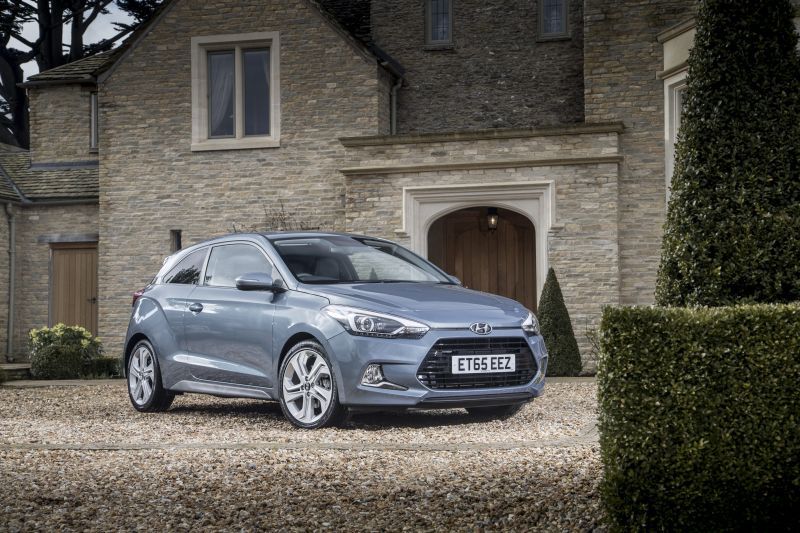
Overview:
What is the engine capacity of a Hyundai i20 2015?
The engine capacity of the Hyundai i20 2015 is 1368 cm.
Hyundai i20 2015 How many horsepower?
The engine power of the Hyundai i20 2015 is 100 Hp @ 6000 rpm..
What is the Hyundai i20 2015 engine?
Hyundai i20 2015 engine is Kappa / G4LC. (Click to see other cars using the same engine)
General:
Engine:
Performance:
Space:
dimensions:
Powertrain, Suspension and Brakes:
See also
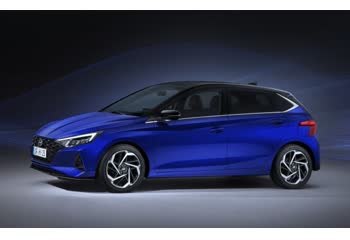
Last generation.
Its production began in 2020 until 2023
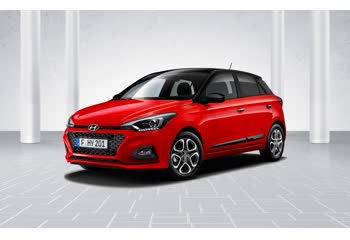
Other generation.
Its production began in 2018 until 2020
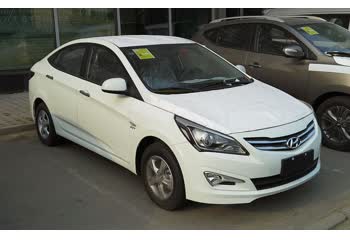
Same engine. (Kappa / G4LC).
Its production began in 2015 until 2017
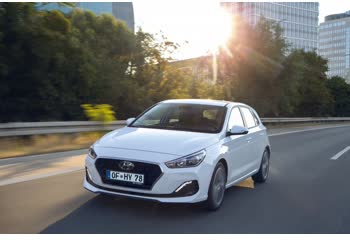
Same engine. (Kappa / G4LC).
Its production began in 2019 until 2020
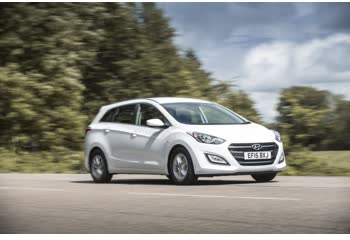
Same engine. (Kappa / G4LC).
Its production began in 2015 until 2017
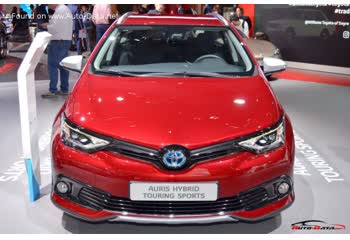
Same production year and almost the same engine capacity.
Its production began in 2015 until 2018
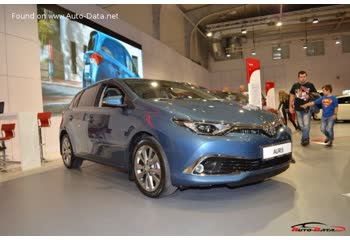
Same production year and almost the same engine capacity.
Its production began in 2015 until 2018
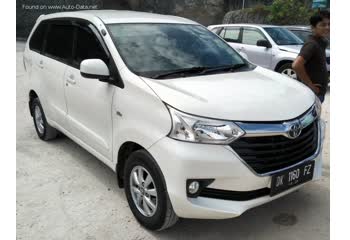
Same production year and almost the same engine capacity.
Its production began in 2015 until 2018
Write a comment